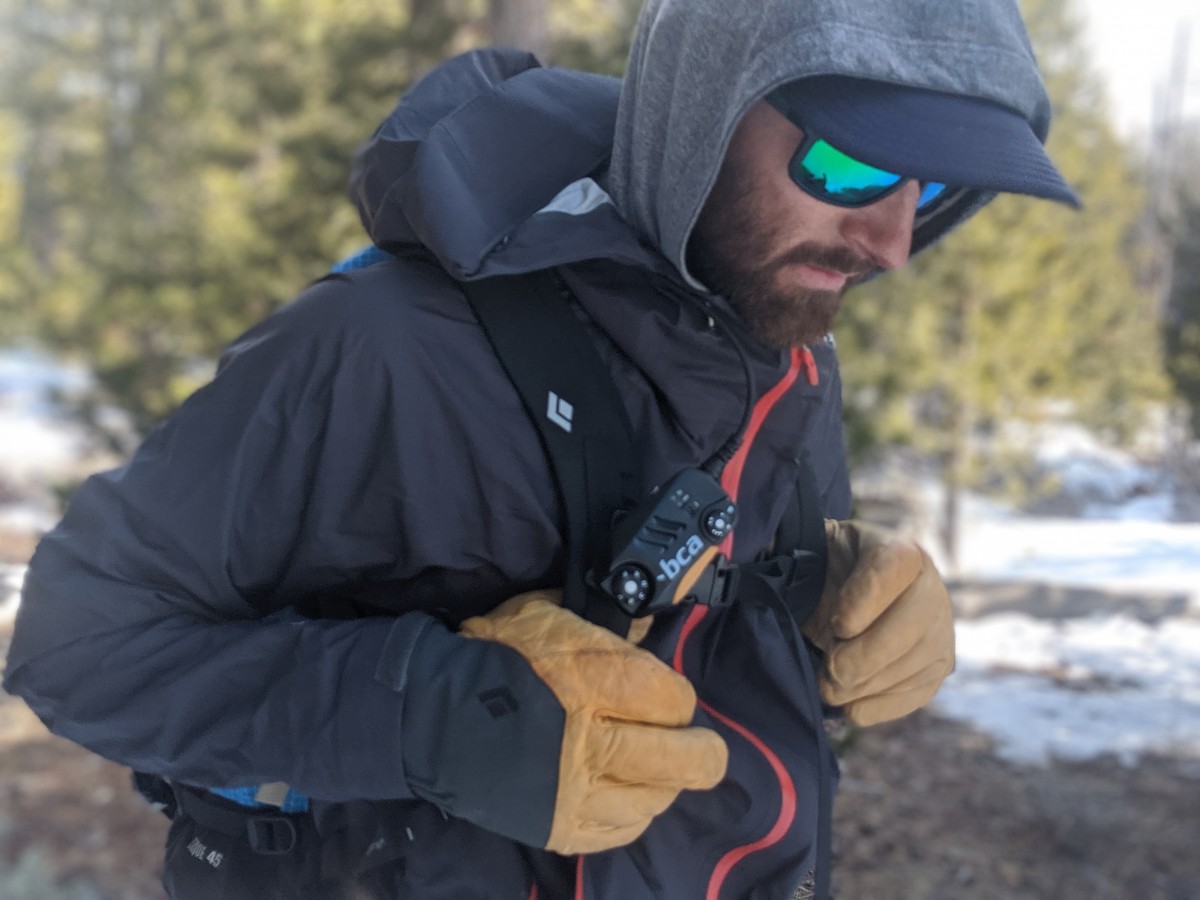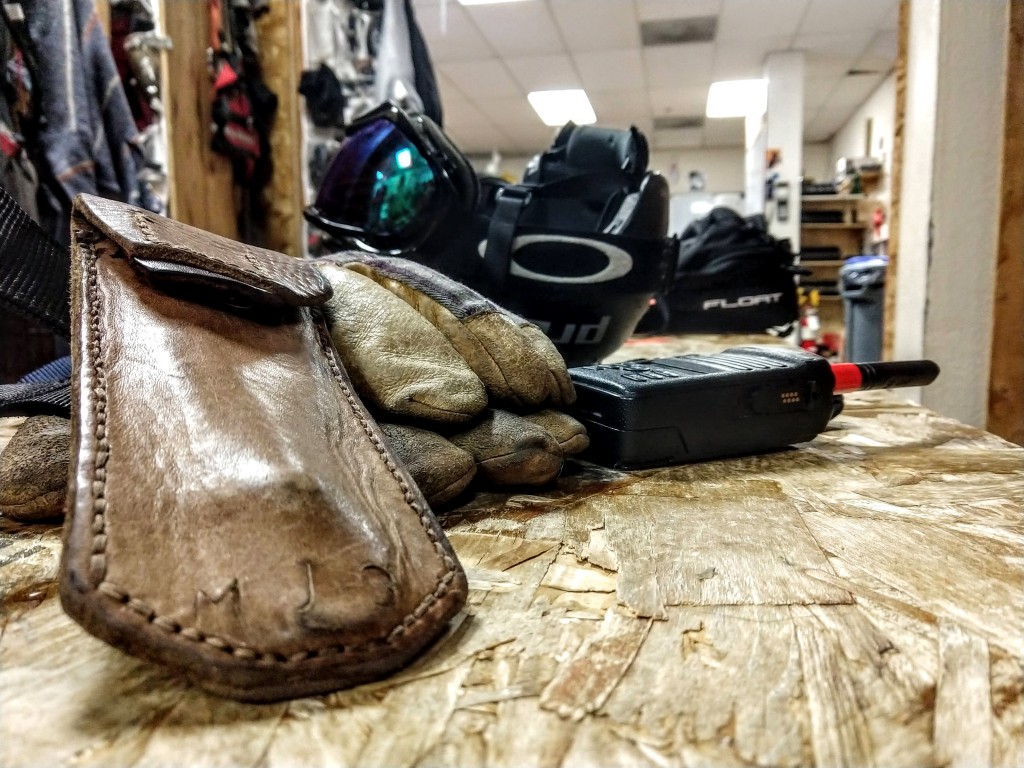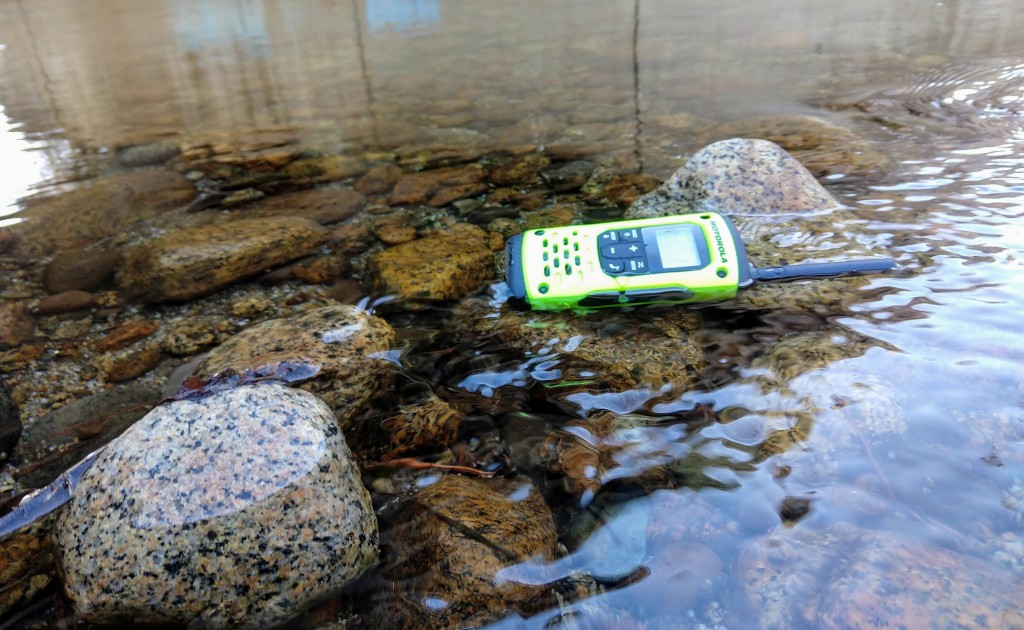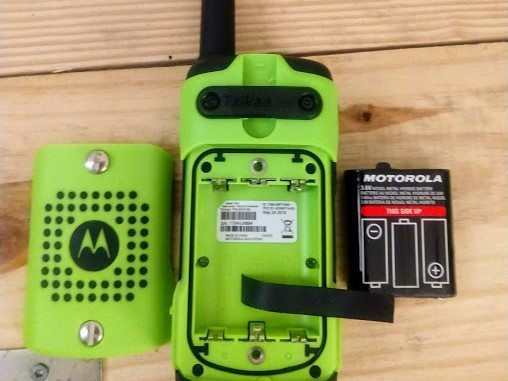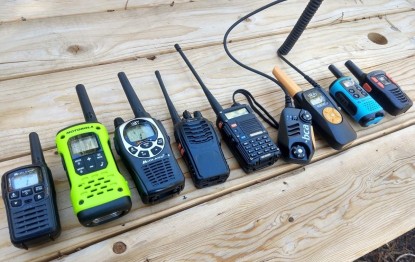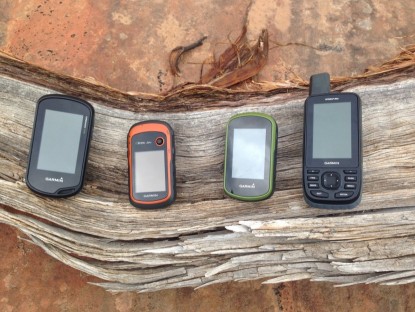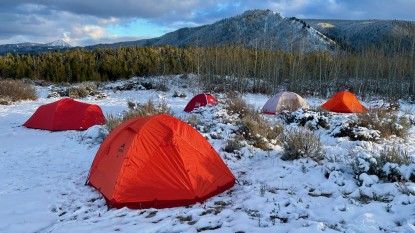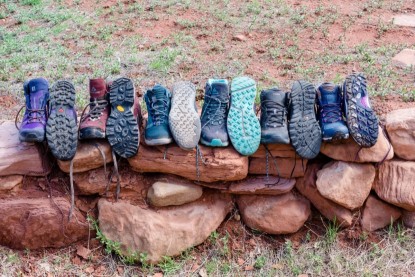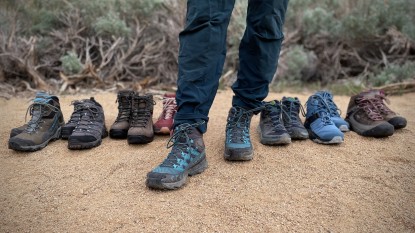Staying in communication with your backcountry partners is imperative to safety and planning - no matter your outdoor activity. Sure, communication is easy as your follow each other up the trail at the same pace, but many situations dictate that separation is either a good idea or just happens naturally, and that physical separation should not get in the way of good communication. This article will walk you through the decision-making process of choosing your first, or next, walkie talkie (AKA two-way radio).
Do I Need a Two-Way Radio?
Have you ever had that sinking feeling as you stop and wait for your partner after you led a section of trail? They are taking a bit longer than expected and you are not sure if they fell off and are hurt or just taking it more cautiously than normal. Now you realize its been at least two miles since you saw them last and you need to decide if you should wait a bit longer or start heading back up towards them. How about backcountry skiing - you know enough to ski a slope one at a time, but the safe zones are pretty far apart. You drop in and see something unsafe right in the line your friend is planning to ski. You make it to the safe zone but have no way to warn your partner of your observation.
Have you ever ended up screaming into the wind on a multi-pitch rock climb? Your partner led the first pitch and you think they are on the next anchor, but you can't discern the faint yells and possible rope tugs from above. Should you take them off belay or wait to be sure? Have you ever participated in a backcountry rescue of any kind? All situations are unique, but often it makes sense to keep someone with the injured party and send a team out to get help. Now your group is split in two, and you have no way to change plans if you don't have communication with the other group. In all of these cases, radios turn a tough safety decision into an easy conversation. We can't rely on our phones in many places we recreate, so we should find an alternative way to stay in touch. Plus, walkie talkies are often faster to use and transmit a message than a phone.
What Factors Should I Consider?
There are all sorts of radios out there - from basic ones for your kids to sneak around the backyard with, to professional ones that sit in the vehicles of our emergency services personnel. Radios are regulated in the US by the FCC, which has a lot of rules on how radios are used.
Licensing Information
Most people using a radio to stay in touch with a recreational partner will likely be satisfied with the FRS (Family Radio Station) set of frequencies. Most of the radios we test only operate on FRS frequencies. They are limited to 2 watts of max power and operate between 462MHz and 467MHz, which falls into the UHF (Ultra High Frequency) range. Anybody can transmit on FRS channels at any time. The advantage of FRS is that it takes no licensing or training to be allowed to use. Its downside is that it is low powered compared to other options, and it has a lot of traffic in heavily populated areas. However, you can partially mitigate the competing traffic problem with privacy codes (more on that below).
Many radios offer FRS and GMRS (General Mobile Radio Service) capability. It is now illegal to sell radios with FRS and GMRS together in the United States, but many still are around and are legal if you already have it. GMRS is a bit more powerful than FRS (up to 5 watts) but requires the user to get a license from the FCC. The licensing process is quite easy and lasts for 10 years. GMRS would be a good option for the user that needs a bit more range than the FRS frequencies offer.
Past the normal FRS and GMRS pre-programmed radios, there is a wide range of options that require a range of licenses and technical understanding by the user. For example, the BaoFeng BF-F8HP can be programmed to transmit and receive on both UHF and VHF (Very High Frequency), and it can transmit at up to 8 watts. These capabilities make it required to have a valid ham operator license to go outside of that range. Differentiating all of the licenses and rules surrounding these programmable and high powered radios is outside the scope of this article. If you really need the high power and different frequencies, we recommend looking into getting your ham radio operator license to understand how they operate. If this all is starting to confuse you, just stick with the FRS only radios, and you will be just fine!
Features
From simple to complex, there are walkie talkies available that span the spectrum. Depending on how and where you plan to use your radios, a feature-laden model might be exactly what you need, or more complicated than it should be.
Channels and privacy codes
Many FRS radios will boast how many channels they come programmed with. There are 22 FRS channels, but only channels 1-7 and 15-22 operate at 2 watts and the rest are limited to 0.5 watts. The advantage of multiple channels is the ability to find a clear channel that doesn't have another party using it.
Privacy codes are another way to differentiate your radio traffic from other people, but they do not really make your radio traffic private. They add an inaudible addition to each transmission, and any radio on that channel and privacy code will only receive the message if it picks up that inaudible addition. So you can have multiple parties on the same channel, but you will only hear traffic from the ones that have the same privacy code set. Privacy codes do have a downside. Since you are still sharing the same channel, you may interfere with other people transmitting at the same time as you. You will not hear the other person talking because they are on a different privacy code, but both of your transmissions will sound garbled because only one person can transmit on any one channel at a time.
In busy areas, many channels and privacy codes are useful to cut down on extraneous chatter. However, if you tend to play in more remote areas, you will not need to search to find a clear channel. We find that FRS 1 is commonly busy because it is the default on most radios, but we have been able to find silence on the other channels. We rarely had trouble finding clear channels during our testing in the mountains around Lake Tahoe, so more channels and privacy codes are nice but sometimes felt like unnecessary complexity.
Additional Features
VOX - Voice operated exchange is a feature that allows the radio to transmit any time you talk without you pressing the PTT button. We found this feature to be unreliable and sometimes annoying when it transmitted background sounds. We found that a well placed PTT button on an external microphone was always more user friendly than the VOX setting.
Weather Radio - Many radios have channels preset to receive the local NOAA weather stations in the US. This feature is quite useful, especially if you will be taking the radio on extended trips without other ways to check the weather.
Scanning - Some radios allow you to monitor multiple channels at once, called scanning. This is useful in larger operations with multiple independent teams operating at once but is rarely relevant for the recreational user. Unless you are operating in a larger group, or just curious as to what people are saying around you, a lack of a scanning feature should not deter you from purchasing a radio.
Squelch - There are always radio waves around you that your radio can pick up, but the radio has to make a decision if there is a clear enough message to be worth trying to broadcast to you via the speaker. A squelch adjustment changes the threshold of what is played through the speaker and what isn't. Opening the squelch will allow you to hear more radio waves that will probably just sound like a fuzzy radio station, or closing it will only allow you to hear the clearest of transmissions. Most radios for public use don't have a squelch adjustment, they just have one setting that works quite well. Either you get a good transmission or you don't get anything. Some of the better-equipped radios do have a squelch adjustment that can be useful to hear that some radio traffic is happening even if you can't make out the words. Keep in mind that Squelch doesn't make a scratchy message clearer, it just allows you to hear more radio signals that the radio may deem incomprehensible.
Keypad Lock - For the vast majority of radios we have tested, the keypad lock works similarly. We do prefer models that have this feature (not all do, especially in low-priced models). The keypad lock usually only locks more advanced features, but keeps power button, volume and PTT open. They all work about the same, and have the same likelihood of having the lock button held down and unlocking inside a pack (it has happened to us, but unlikely), or having the volume turned down or inadvertent PTT button presses.
Durability and Waterproofing
This shouldn't come as a surprise, but when we take electronics into the field, we recommend the most durable options we can get. Even for the most careful users, the radio is bound to be dropped or smashed inside a backpack. While there is not a good universal assessment for durability, look for ones that don't have small plastic parts or protrusions and do have a good thick casing.
Waterproofing does have standards, and we really liked the radios that listed IP ratings. IP (Ingress Protection) ratings come from an independent organization called the International Electrotechnical Commission. Only a few of the radios we tested had an IP number, and those radios certainly were the most waterproof. An IP rated product will have a label that lists IP followed by two numbers. The first digit represents dust protection on a scale of 0-6, and the second digit represents waterproofing on a scale of 0-9K. In both cases, a higher number represents better protection. Some manufacturers state that their radio is water-resistant, but an IP rating is a stamp of approval from an outside body that makes us much more confident in its actual protection from the elements.
Range
If you read the specifications of the top walkie talkies on the market, their manufacturer will claim range numbers somewhere near 30 miles or greater. This number is nowhere near what you can rely on in real life due to obstructions, weather, and electromagnetic interference. Actual numbers of the types of consumer radios we test and recommend to most users rarely break three miles in good conditions, and even less with vegetation and topography in the way. This makes range an issue for many hikers, bikers, skiers, and ATV riders, where separating by a mile or more can happen pretty quickly. We don't recommend buying a radio with a power of less than 2 watts, as that will reduce the range even more. Also, a longer antenna will stretch that range, so consider a balance between small size and a larger antenna. Only in sports like rock climbing where the range is limited to a rope length would we consider saving weight and or money to have a lower-powered radio. That said, if your partner disappears around If you need more than a few miles of range for your uses, consider a higher-powered GMRS or other option that you will need a license to operate.
Battery
Obviously, longer battery life is generally going to be better. Past that, there are some nuances that will make your battery more hassle-free. If the radio charges with a cord, that can save the trouble of always buying new alkaline AA or AAA batteries to replace the ones that died and will reduce the cost of the radio through its life. However, if it just charges with a cord, it means you may need to carry some sort of charging solution like a solar panel or a portable power bank on longer trips rather than just pocketing a few extra batteries. (Check out our top picks of the best portable solar chargers.) We really like interchangeable radios that have a rechargeable battery pack that can be replaced by normal alkaline batteries. That gives us the best of both worlds. However, most people bring a larger battery pack or a solar charger on trips these days for all of their electronics, so the radios that just recharge work great as well. Our least favorite options only used regular alkaline batteries because that can get expensive and feels wasteful.
Conclusion
Overall, the radio you are familiar with is the radio that you will use. If the interface or amount of features is difficult to navigate, you will likely shy away from using it to its full capacity. It is a good idea to have similar radios to your friends so you can help each other out and share radios in a group while being confident that all of them can communicate with each other. Have fun out there, and maintain communication.

